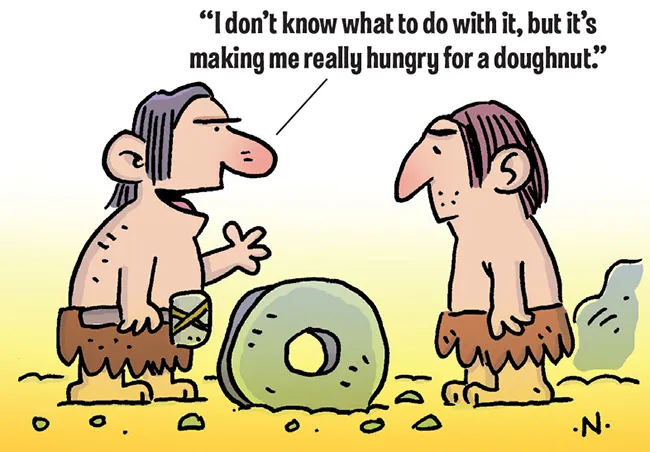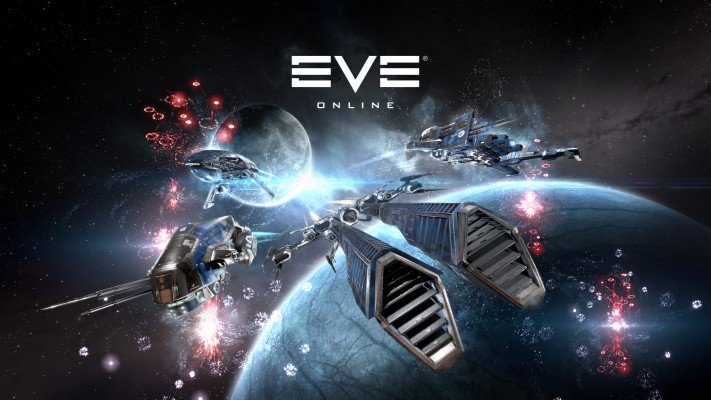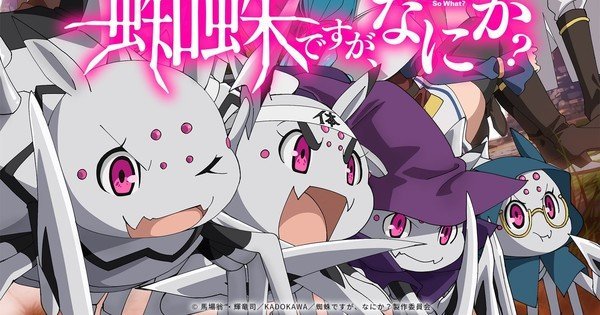About a week ago, I proverbially kicked myself in the butt and decided I needed to get back to doing some writing. I’ve definitely wanted to develop more Pub Tales (it goes with the site, right?). Additionally, I’ve had an ongoing lingering desire to do more in the Kethyras set of stories.
However, i’ve had more than a little bit of … call it “writer’s block“, as that’s probably the closest correct term. Specifically, I’ve wanted to write, but the ideas just haven’t really been forthcoming. This is, admittedly, an issue which has plagued me quite a bit. Once I can get the idea for a story, and get the overall concept, I’m usually pretty good / diligent about then pounding out the words.
It Wasn’t Always Like That
For anyone who’s known me for forever (not that there are all that many in that category) or anyone who takes a moment to check my Goodreads profile, I am a prolific reader. My “read” listing is well over 2,200 books. And those are just the ones I have unpacked which are on shelves in my house. Yes, I have that many books (mostly mass-market paperbacks – the smaller ones) on bookshelves at home. This doesn’t include my college textbooks (I’ve still got those) or technical manuals; just the ones I’ve read for pleasure.
I’ve been a reader since I was ten (10). However, being a reader never translated into being a writer. In high school, I had a (required) creative writing course one year. I absolutely hated it. I wanted to read, not write! And any time I tried to … the idea wasn’t there and the words didn’t come.
In fact, I will admit (no, I am not proud of this), when I was ultimately forced to write a short story for the course, I shamelessly stole (whole cloth) a story from a known-and-published author. I even remember which story it was: Letter to a Phoenix. I’d recently (at the time) read it in an anthology of science fiction stories, and I was certain my teacher was completely unfamiliar with SF and fantasy works, so she wouldn’t recognize it in the slightest. I got away with it, too; no meddling kids or dog interfered.
But Then, I Wanted to Write
I’m going to skip ahead quite a bit, fast-forwarding to about fifteen (15) years ago when, for various reasons, I discovered an impetus to write. And then I wrote my first short story: Strange Vacation (you can read it here if you follow the link!).
Much to my surprise, I enjoyed it. Which then led to writing more stories. The result, ultimately, is this site and all the stuff on it.
Ideas, Though – That’s The Hard Part
While I had a few ideas for stories after that first one, they still were hard to come by. Which left me with an unpleasant conundrum: the desire to write, but nothing for the spark of creativity.
As I’ve phrased it a few times:
I’m good with execution, but the initial concept? That isn’t happening.
So, my writing has languished for quite a while. Sure, I’ve wanted to write, but I haven’t had anything to write.
And Now, To The Point
Obviously, there has been a dramatic rise in the availablity and use of AI in recent years. I’ve used a couple of them myself for various things. Heck, I’ve even used them for research or “word construction” for a couple of stories – but research only. The words on the page (even an electronic page) were all mine.
So, the thought occurred to me:
What about using a chatbot as an editor (in the publishing sense) or to generate some ideas?
I started “feeding” my Pub Tales into a chatbot. I wanted editorial feedback on them. “Give me feedback and input for flow and readability” was the specifics of my instructions.
And that’s exactly what it did. I was getting the equivalent of a professional editor’s eye appraising my text. It pointed out things which I thought were fine, but, from someone else’s perspective, might be clunky, or too long, or a host of other issues that a professional editor would red-pen with glee.
[No I haven’t updated anything on this site – so what you see here are the pre-red-pen versions.]
More to the point, though, I needed the chatbot to preserve the context of the Nowhere Pub (as a story nexus and how it functioned).
Preserving Context
There’s actually a “trick” to doing that, which was given to me courtesy of my older son who has been delving in the commercial (and otherwise) use of AIs. You can just ask the AI to give it to you.
Specifically, you can ask your current conversation to generate a JSON model containing all of the relevant context. Once you have that lengthy text document, you can hand it off to another AI conversation and, suddenly *POOF*, the new AI chat knows what you’re talking about.
So, as it was editing my Pub Tales stories, I was also having it create a JSON “Bible” for the Nowhere Pub and the structure of Pub Tales stories.
Using The Pub Bible
Once I had fed it all of the stories, I had that conversation spit out the Pub Tales Bible (which included brief descriptions of all existing stories). Then, I took that and handed it off to a new AI chat, and I asked it a simple question:
Suggest three stories which would be appropriate for a new story set in this context, without reusing any existing characters. Any story suggestions should be based around the underlying character tropes. What do the characters bring to the story and how do they interact?
Ok, it took a little more tweaking than that. I’ll admit I don’t remember the exact phrasing, but hopefully you get the idea.
The result was, indeed, three pitches for stories. They weren’t complete and written stories. Just ideas which I, as the author, could use as a jumping off point.
And I Wrote…
One of them resonated strongly with me. So I started writing, crafting the new tale.
I was still interacting with a chatbot for the writing process, but I wasn’t having it write words for me. I was using it, solely, in the capacity of an editor. I’d write a scene, or a paragraph, and hand it off for real-time red-pen feedback. Yes, my AI “editor” would make suggestions of better ways to say something, but, again, the words had started as mine. For me, this was akin to asking a friend (or, indeed, professional editor) to review my work … just faster and with instant response.
And, many times, I – as the author – overrode the “editor”. Usually because I’d written something in a particular way or with certain words because I had an intent I was conveying. If I explained the intent, that usually was sufficient to convince the AI I’d done it the “right” way and no red-pen was needed.
Moving On To Kethyras
Ever since writing the “third” story in what became the Kethyras series (Untimely Encounter in Kethyras), I knew I needed another one. Specifically, I needed one which showed Nonna Torsdottir as having her own strengths compare with Helene Fabry. I had to have something which balanced the power between them. Otherwise, there was no reason to have them form a pair and work together going forward.
But I was always stuck on the way to do that (see above regarding the issues about coming up with story ideas). I also had a complex and evolving (in the world-building and lore sense) environment where these two lived. There was a city surrounding them, and other characters had their own existences, their own interactions.
Sounds Like Another Bible
I fed a new chatbot the existing stories, all three of them. First was the editorial phase (red pen time) and that of course turned into the creation of a “Kethyras Bible”. From there, I needed story ideas to demonstrate an equality between them. The bot pitched some ideas and I got my teeth sunk into one of those. I then spent most of the previous two days hammering that idea into a plot line, building brief descriptions for each scene and then pumping out almost 2,000 words for the beginning of the story.
Note: These actions were done in a nearby coffee shop and I probably had way more caffeine than I should have.
And I slept last night … to wake up this morning with the realization my plot didn’t work. Too much of it was contrived with the stakes not matching the players involved.
I had to go back to the drawing board, at least partially.
Rebuilding The Bible And Rethinking a Story
The first step was tearing the old story (those 2,000 words) back out of the Bible. Every location update, every character, every plot thread needed to be eradicated from the JSON. With that done, I started fresh. And this time, I started with the barest hint of an idea of my own.
I spent a couple of hours brainstorming that idea … working it into a plot (again), and scenes with story beats. When I was done, I had a framework that now made sense to me. It was one with characters that had motivations which were reasonable (to them). It now felt “real”.
Moving Forward
Thankfully, I was able to (mostly) salvage about 1,000 words of what I’d done before. In fact, I not only salvaged them, but now I built further on them. The new story would take place two years after “Untimely Encounters…”(as the previous version had been planned to). But I had new thoughts about character interactions, and some additional dialogue to introduce.
Not only that, but, for a couple of scenes (both old and new), once I’d written the rough draft versions (and cleaned them up with red-pen assistance), they felt “too short” to me. I needed more words in them. Red-pen to the rescue. Not to tell me what words to add, but “What would be useful to add to expand the wordcount?” Or, “I want to add something about whatever to this scene. Where could I put this but maintain the story flow?”
A Partner To Write With
I want to emphasize – the AI chatbot wasn’t writing the words. *I*, as the author was. They were all my words. If you submit a manuscript to a publisher and it comes back with red ink all over it … and you make changes to make it more acceptable, the wielder of the red pen doesn’t become the writer. That’s still all you.
Similarly, if I find a story idea elsewhere and craft a story based on that “nugget”, the story is still mine.
And that is what I’ve been doing. The new Pub Tale wasn’t written by AI, nor was it really written with AI. All the words are mine. I’m the only one who crafted them and chose what appears on the page (virtual or otherwise).
Similary, the new Kethyras story will be all mine.
And I’m comfortable with that.
What Does It All Mean?
I think my approach is a good “working” relationship. I’m not handing off the “heavy lifting” or writing to an electronic brain. It’s all still mine. I’m using the AI as, truly, an assistant – to help me brainstorm and as a tool to provide clean-up … just like any professional author does.
I’d like to … caution(?) … others who use any sort of AI assistance in writing. Be careful about handing off too much of the task.
If you’re a writer, make sure that what you’re writing is yours. And if you’re contemplating using an AI assistant, try using it for feedback and editing support first, not to create the words for you.






